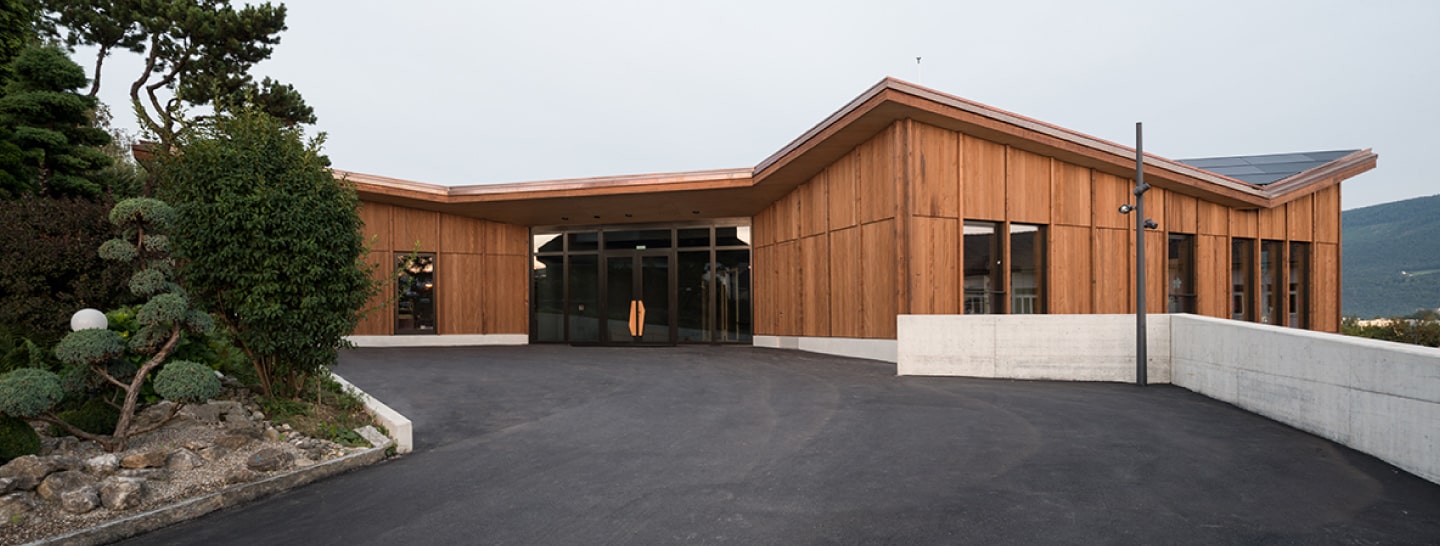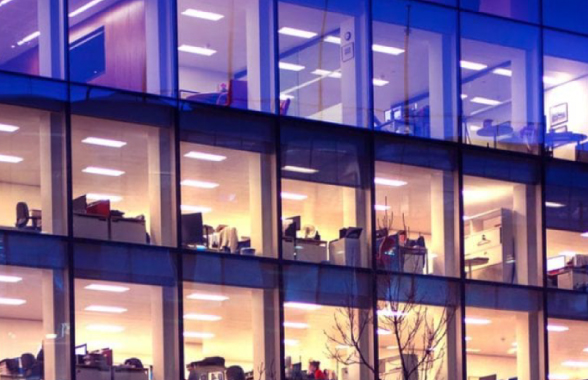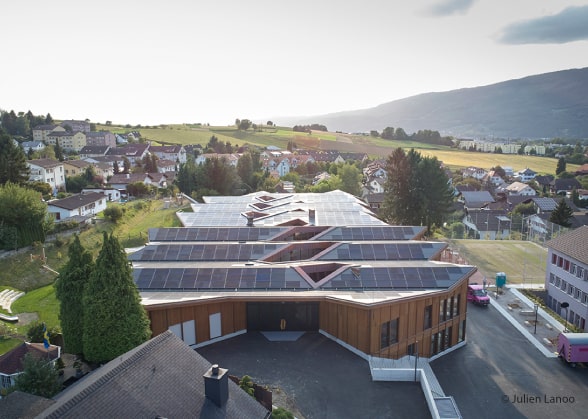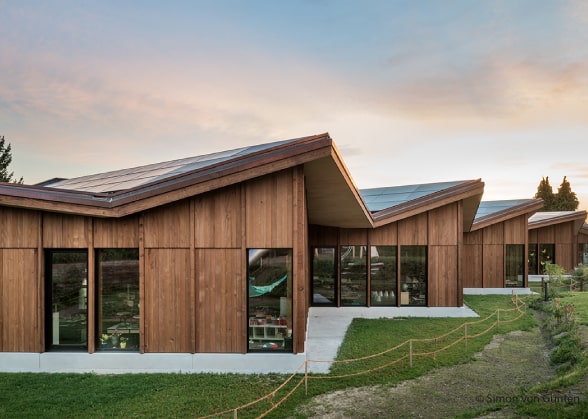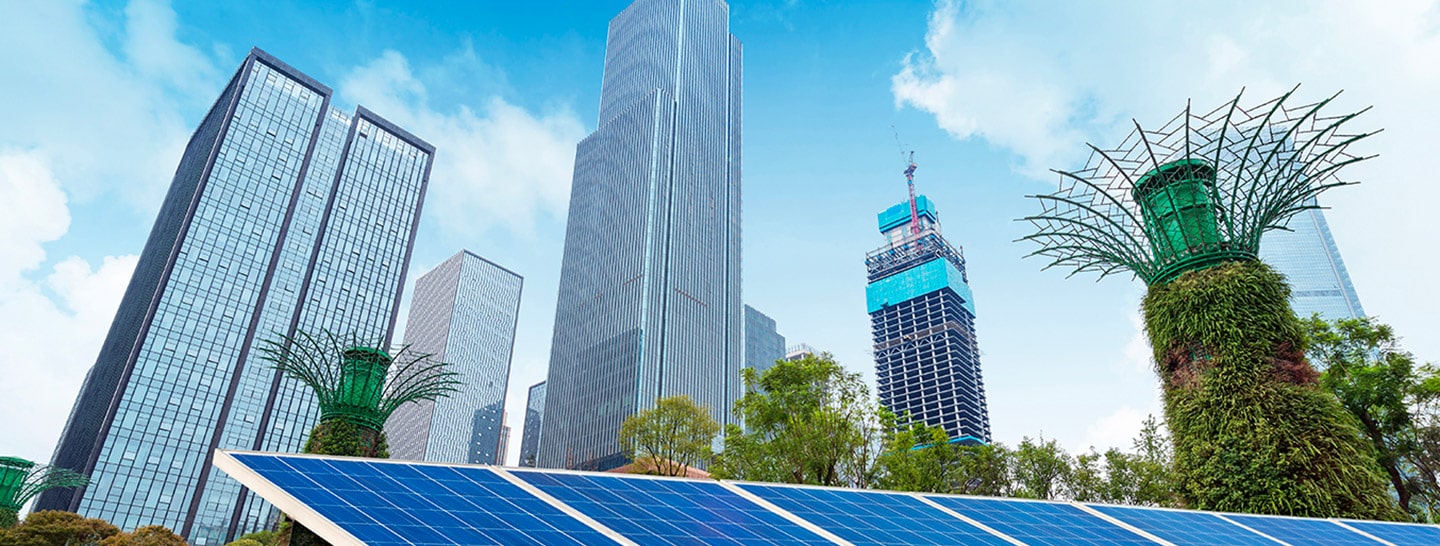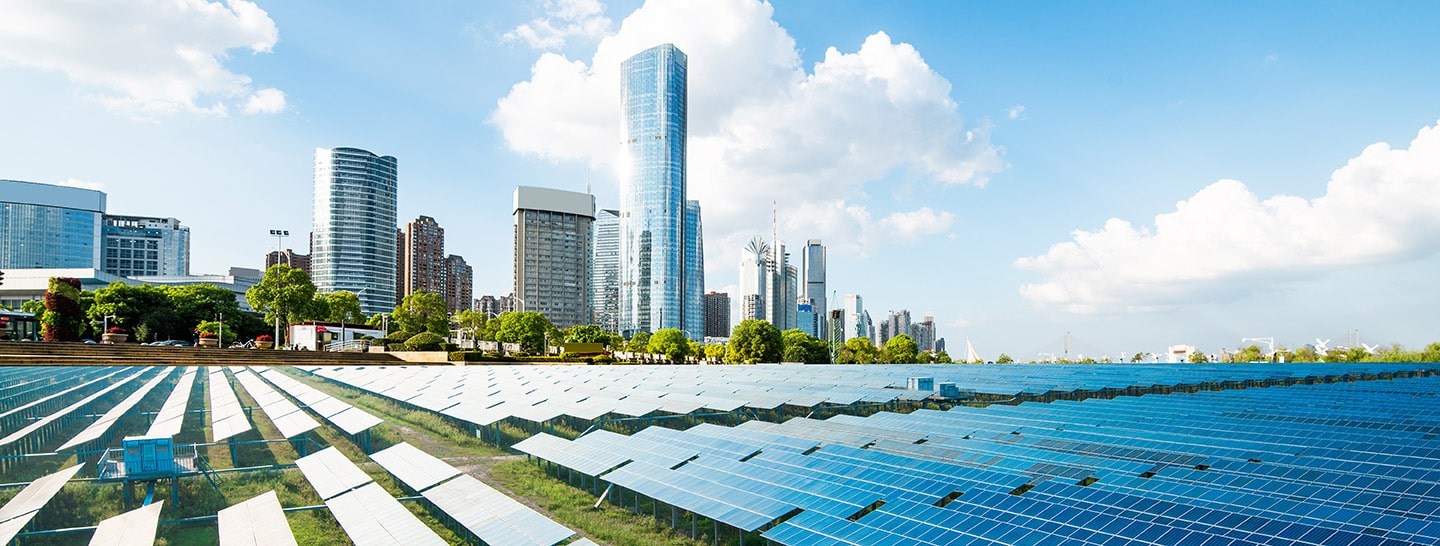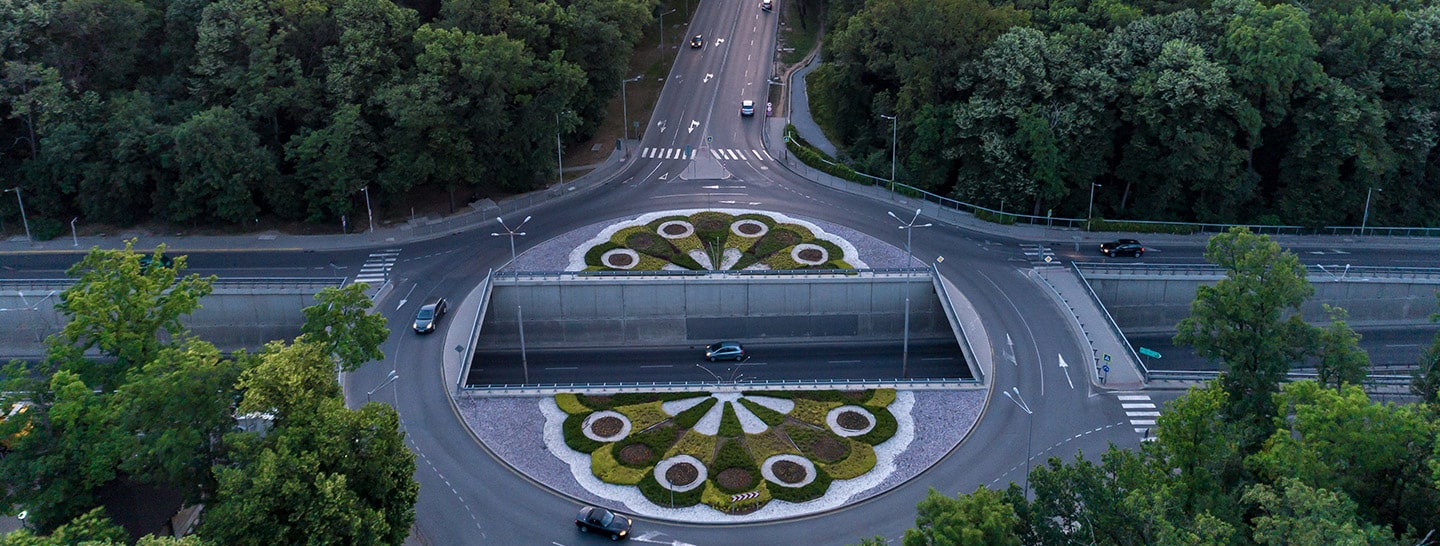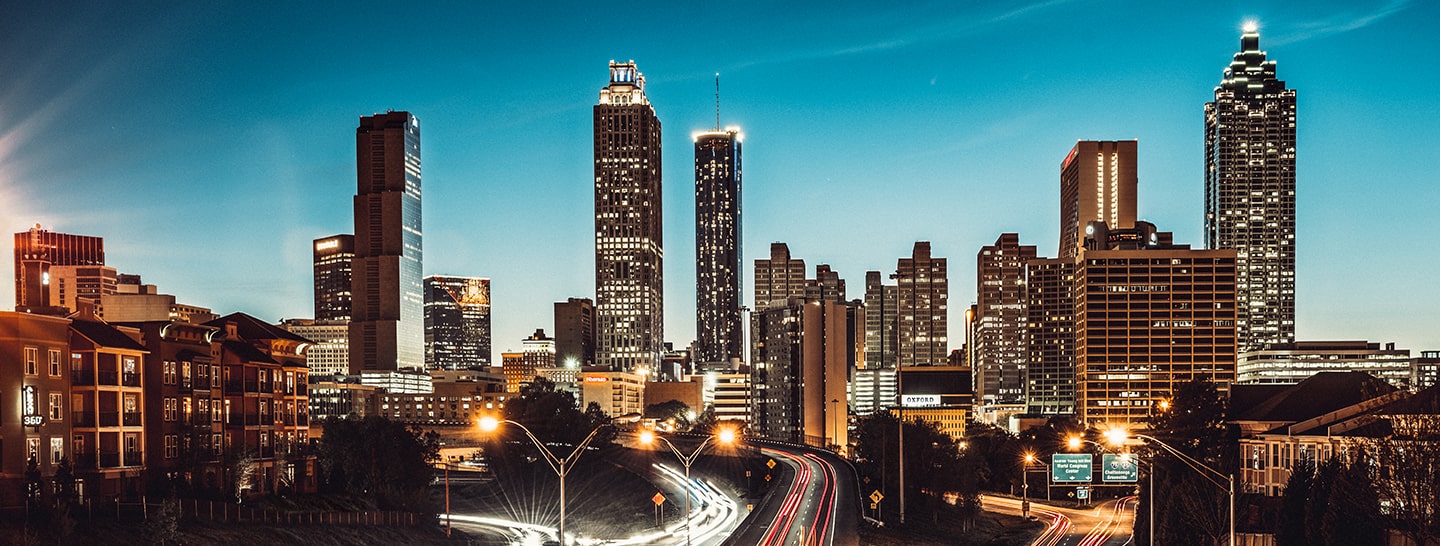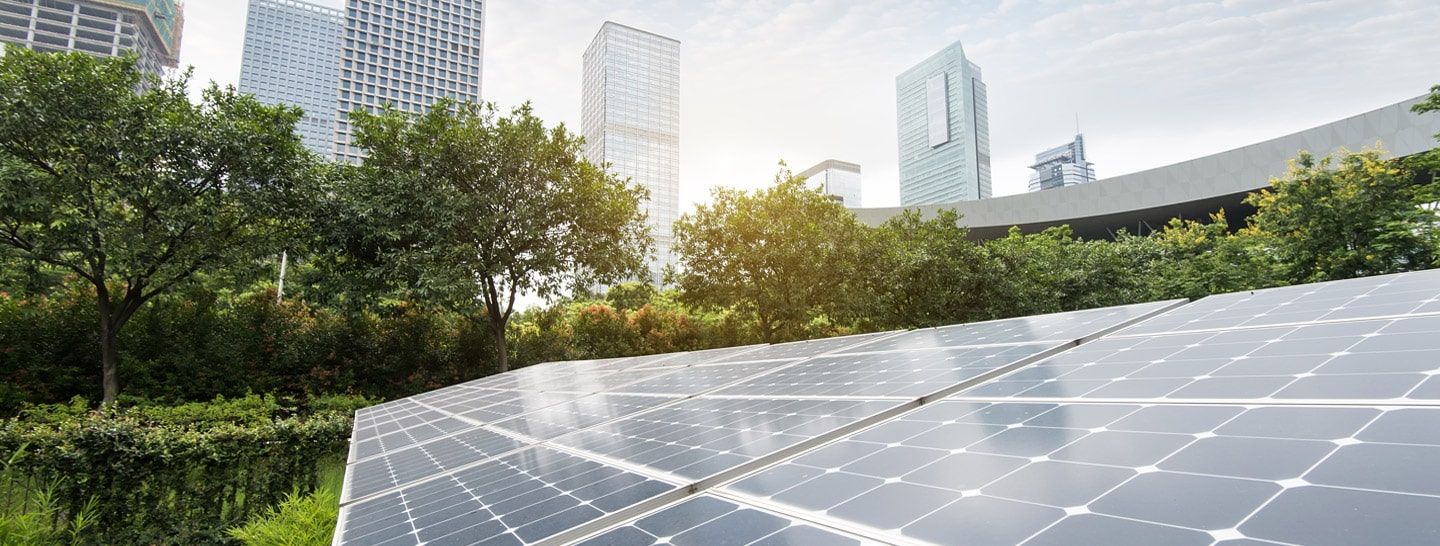Schools are a precious resource, essential for children’s education and growth. Now, though, we’re asking the question: can they also become power plants for towns and cities? After visiting Uppsala in Sweden, and getting to know Rasiglia in Italy, our journey through “The greatest success stories of electrification”, takes us to Switzerland, to the small municipality of Port, in Bern Canton, not far from Biel. Here we’ll discover how a school can combine functionality, architectural aesthetics and sustainability, while also playing an important energy role for the local area.
Accompanying us on this third journey are Martin Zimmerli, Silvia Weibel Hendriksen and Basil Spiess from the Skop architecture firm, part of the team of architects that designed and built this incredible building.




